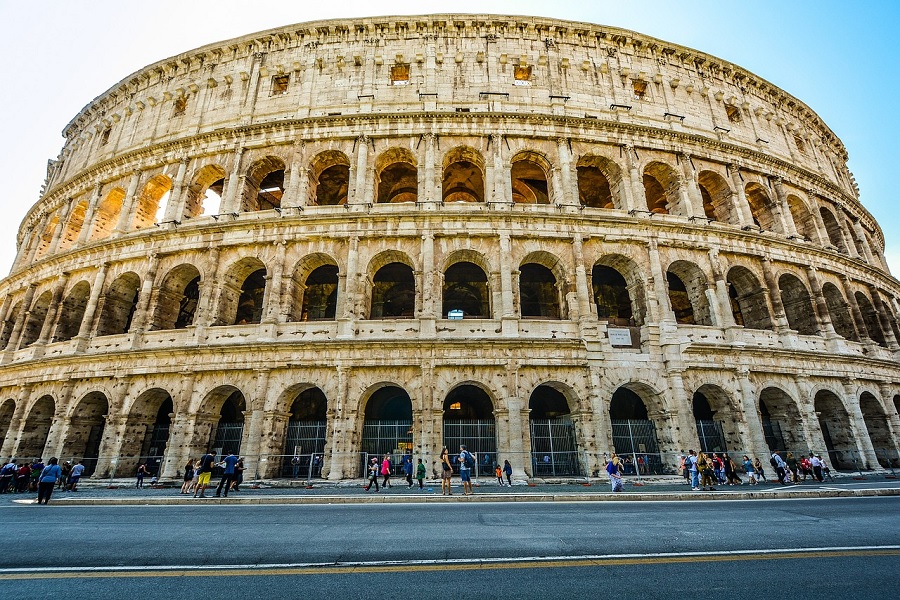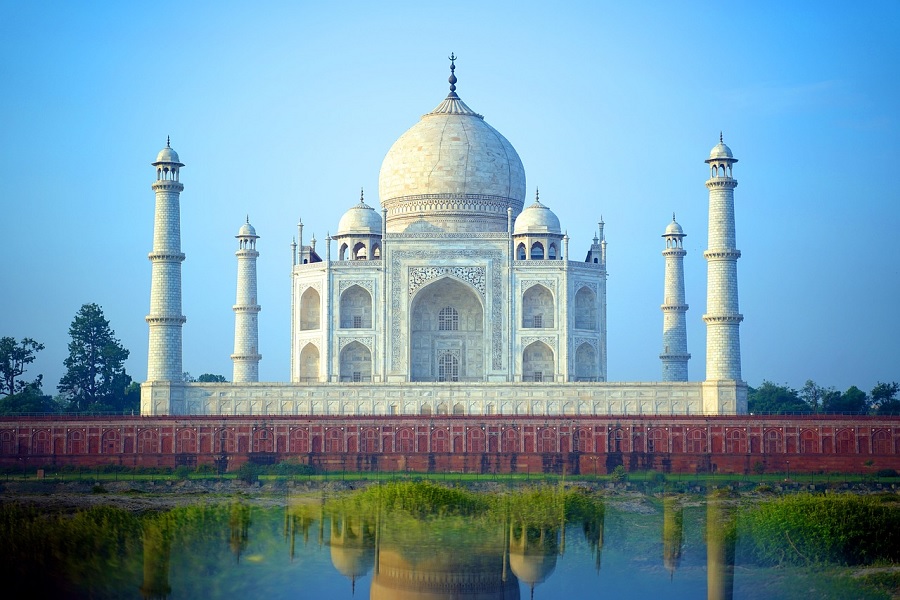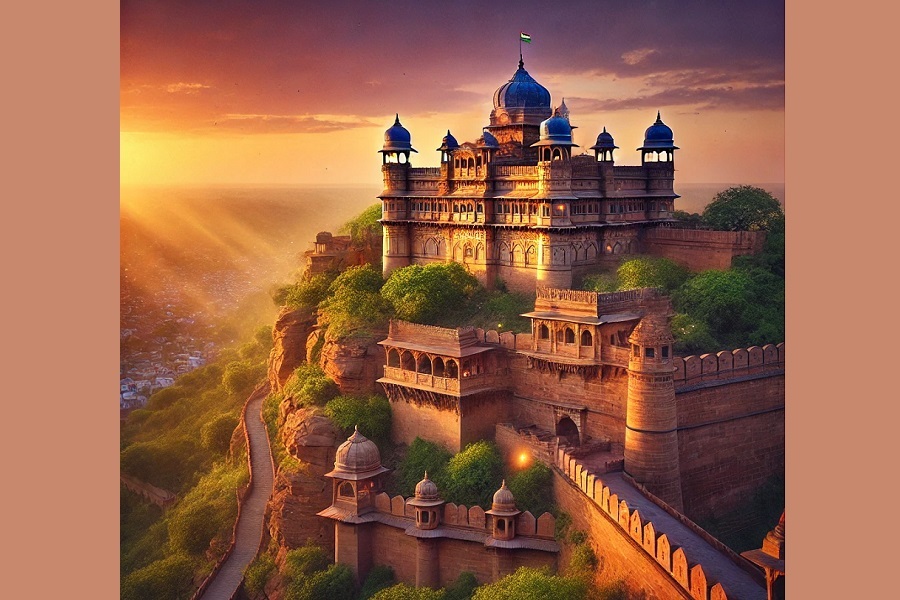The Power of Architecture: Exploring the Cultural Heritage Through Landmarks

Architecture is more than just the design of buildings—it's a reflection of a society’s values, history, and cultural identity. From ancient temples to modern skyscrapers, iconic structures around the world stand as testaments to the creative ingenuity and cultural traditions that have shaped our civilizations. In this article, we explore how architecture serves as a window into the soul of a culture, examining iconic landmarks that showcase the rich diversity of human heritage.
1. Angkor Wat: A Monument to Ancient Cambodian Culture
Located in Cambodia, Angkor Wat is one of the most iconic and revered architectural landmarks in the world. Originally constructed as a Hindu temple in the early 12th century, it gradually became a Buddhist temple, reflecting the religious and cultural shifts in the region. Angkor Wat is renowned for its grandeur, intricate carvings, and stunning bas-reliefs depicting Hindu mythology. The vast temple complex is not only a symbol of Cambodia’s ancient culture but also represents the nation’s spiritual connection to the divine. The precision and detail in its design reflect the advanced engineering skills of the Khmer Empire, making it a true marvel of architecture.
2. Colonial Architecture of South America: A Fusion of Cultures
The colonial buildings of South America, from the cobblestone streets of Lima to the grand plazas of Buenos Aires, reflect the complex history of the region. During the colonial period, Spanish and Portuguese settlers imposed their architectural styles on the indigenous populations. The result is a beautiful fusion of European influences with local materials and designs, creating a unique blend of colonial and indigenous cultures. Structures such as the historic churches of Cusco, Peru, or the colorful buildings of Cartagena, Colombia, tell the story of the region’s colonial past, while also embracing the indigenous heritage that continues to thrive in South American culture today.
3. Scandinavian Architecture: Modernism Meets Nature
Scandinavia is renowned for its contemporary architecture, which emphasizes simplicity, functionality, and a deep connection to nature. Cities like Stockholm, Copenhagen, and Oslo are dotted with sleek, minimalist buildings made from sustainable materials, reflecting the region's commitment to environmental stewardship. Scandinavian architects have mastered the art of blending modern design with the natural surroundings, creating buildings that complement the beauty of the landscape. The clean lines, open spaces, and use of natural light in Scandinavian architecture are expressions of the region's values of simplicity, efficiency, and harmony with nature.
4. The Pyramids of Egypt: Symbols of Ancient Power and Eternity
The Pyramids of Giza are among the most famous architectural landmarks in the world, standing as monumental symbols of ancient Egyptian civilization. These colossal structures, built as tombs for the pharaohs, demonstrate the Egyptians' incredible understanding of geometry and engineering. The Great Pyramid of Giza, in particular, was the tallest man-made structure for over 3,800 years, showcasing the grandeur and power of the pharaohs. Today, the pyramids stand as symbols of Egypt's ancient glory and the enduring power of architecture to convey messages of immortality and divine authority.
5. The Taj Mahal: An Ode to Love and Architectural Excellence
Located in Agra, India, the Taj Mahal is a magnificent example of Mughal architecture, blending Islamic, Persian, Ottoman Turkish, and Indian styles. This white marble mausoleum was built by Emperor Shah Jahan in memory of his beloved wife Mumtaz Mahal. The Taj Mahal is not only an architectural masterpiece but also a symbol of eternal love. Its symmetrical gardens, intricately designed dome, and delicate carvings create a serene atmosphere, while its reflective pools symbolize the deep emotional connection between the emperor and his wife. As a UNESCO World Heritage site, the Taj Mahal represents the height of Mughal architectural achievement and the rich cultural heritage of India.
6. The Colosseum: Rome’s Legacy of Ancient Engineering
The Colosseum in Rome stands as one of the greatest achievements of Roman architecture and engineering. Built in the 1st century AD, it was the largest amphitheater of the ancient world and could hold up to 80,000 spectators. The Colosseum’s design, with its complex system of arches, vaults, and corridors, was a marvel of Roman engineering. It was used for gladiatorial contests and public spectacles, making it a symbol of the Roman Empire’s power and opulence. Today, it stands as a reminder of Rome's cultural and architectural heritage, attracting millions of tourists from around the world who come to admire its grandeur and historical significance.
7. The Great Wall of China: A Monument to Strength and Endurance
Stretching over 13,000 miles, the Great Wall of China is a testament to the strength and determination of the Chinese civilization. Originally built as a defensive structure to protect against invasions, the wall has become a symbol of China's resilience and ingenuity. The Great Wall is not only an architectural feat but also a reflection of the cultural importance of protection and unity in Chinese society. As a UNESCO World Heritage site, the Great Wall continues to inspire awe, demonstrating the enduring legacy of China’s architectural and historical traditions.
Conclusion: Architecture as a Cultural Bridge
Architecture plays a vital role in shaping our understanding of history, culture, and identity. From the ancient temples of Angkor Wat to the modern buildings of Scandinavia, iconic structures across the world serve as bridges connecting us to different cultures and traditions. These landmarks not only showcase the creativity and craftsmanship of their creators but also embody the values, beliefs, and aspirations of the societies that produced them. As we explore the world's architectural wonders, we gain a deeper appreciation for the diverse cultures that have shaped our shared history.
























